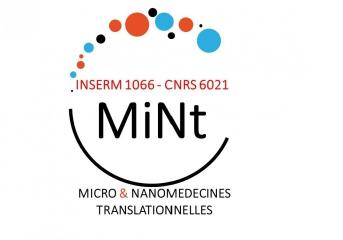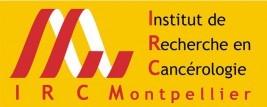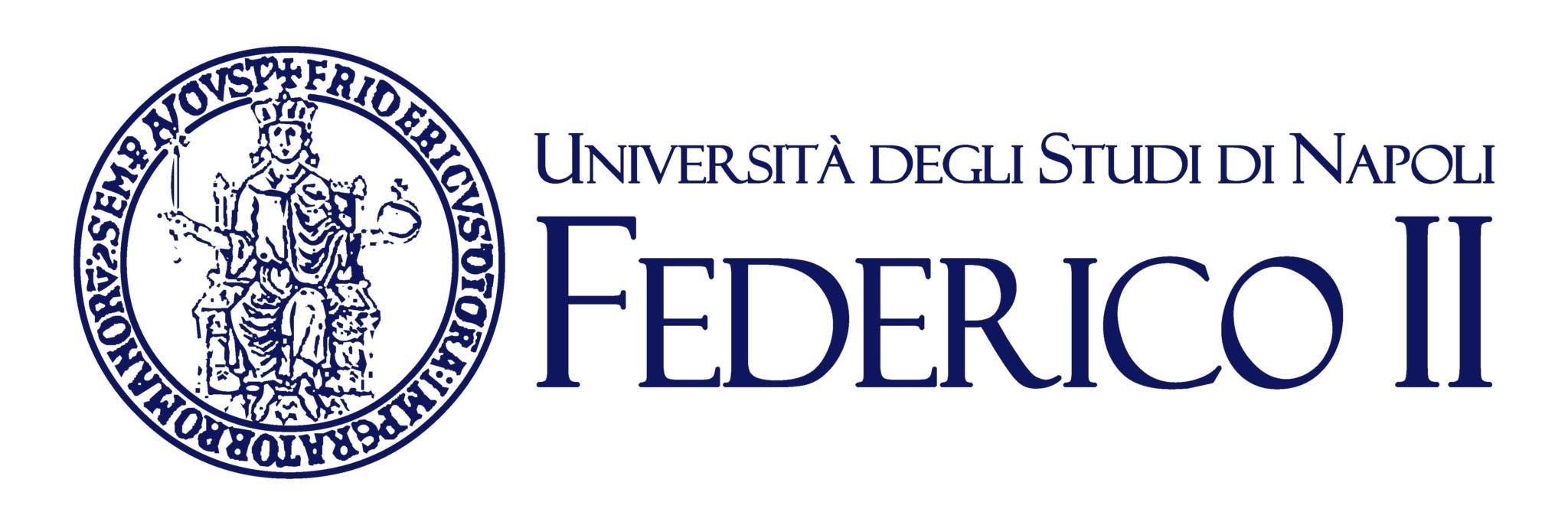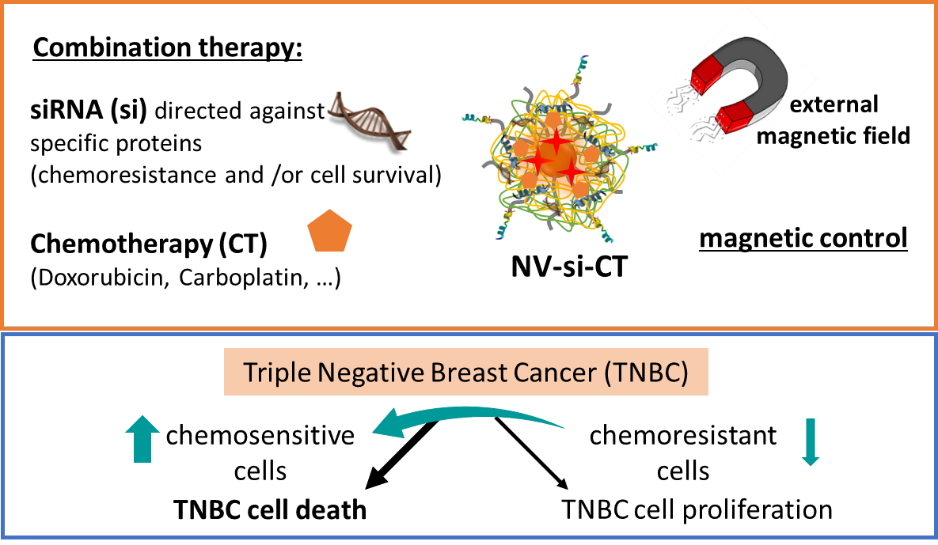Projet MAGCOT
PLBIO22 – INCa_16718 – Project MAGCOT
Magnetic control for improved combination therapy in Triple Negative Breast Cancer
2022 - 2026
4 Teams:
- EA 6295 Nanomédicaments et Nanosondes (NMNS), University of Tours, France – project and team 1 coordinator: Dr. Stephanie DAVID
- INSERM U1066 / CNRS 6021 Micro et Nanomédecines Translationnelles (MINT), University of Angers, France – team 2 coordinator : Pr. Catherine PASSIRANI
- INSERM U1194, Institut de Recherche en Cancérologie de Montpellier (IRCM), France – team 3 coordinator : Dr. Emmanuelle LIAUDET-COOPMAN
- Dipartimento di Farmacia, University of Naples Federico II (UNINA) – team 4 coordinator: Pr. Stefania GALDIERO




Funding: Institut National du Cancer (INCa) 
Project launch: october 2022
Summary:
Triple negative breast cancers (TNBC) are heterogeneous and very aggressive cancers. Treatment options are limited and sometimes inefficient due to chemoresistant TNBC cells.
We suggest an innovative therapeutic strategy to treat these TNBCs resistant to chemotherapy (CT) (eg Doxorubicin, Carboplatin, …). We are going to use small interfering RNAs (siRNA) capable of selectively inhibit the synthesis of proteins involved in the process of chemoresistance and/or in the process of escaping cell death. These siRNA and CT will be transported using nanovectors based on iron oxide nanoparticles (SPION).
The objective of this project is to formulate a new generation of intravenously injectable targeted nanovectors (NV-si-CT). These nanovectors have magnetic properties and application of an external magnetic field will enhance the targeting of TNBC cells and the antitumor action of siRNA and CT.
The action of these NV-si-CT will be studied and validated on cellular and murine models of TNBC. A rational approach will be applied to optimize the accumulation of NV-si-CT in the tumor, their antitumor efficacy and the tolerance of repeated administration.
In addition to developing a new protocol potentiating anti-TNBC treatment, new knowledge will be generated on the structure-activity relationships of nanovectors and their mechanisms of action.

